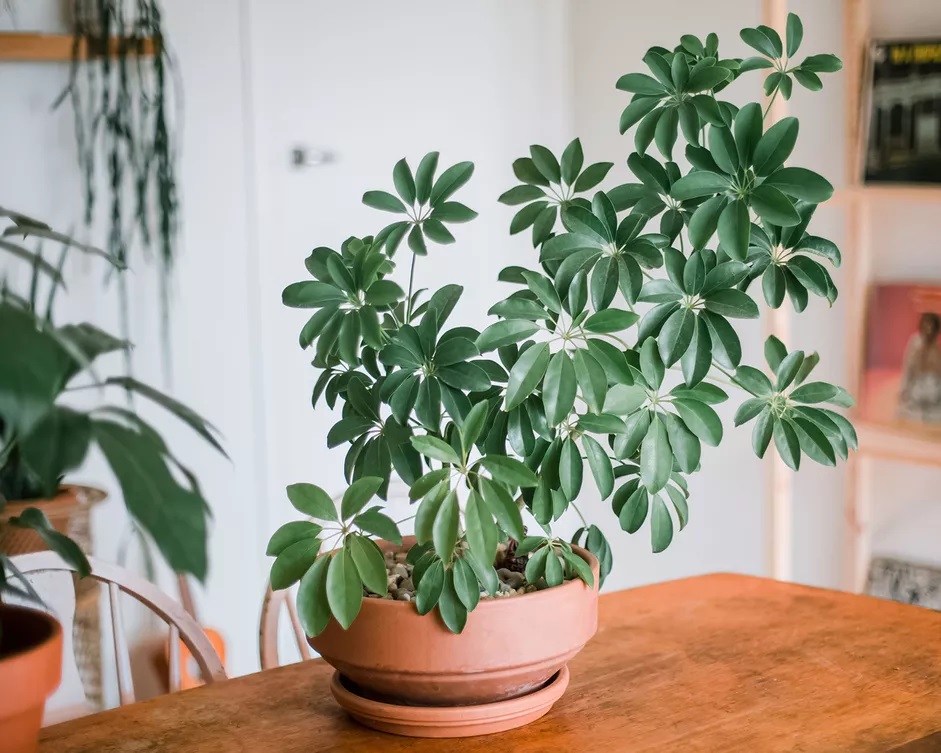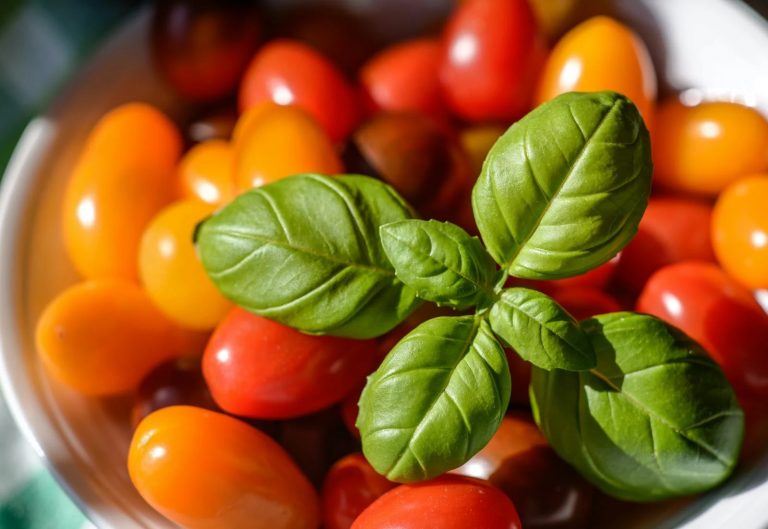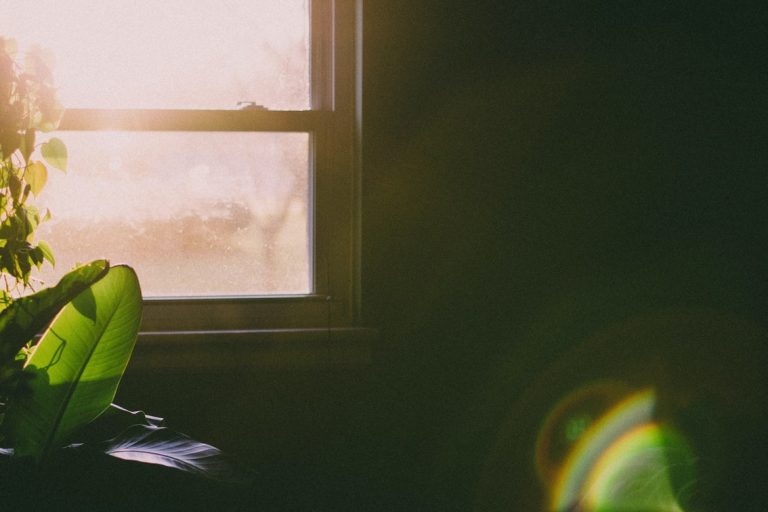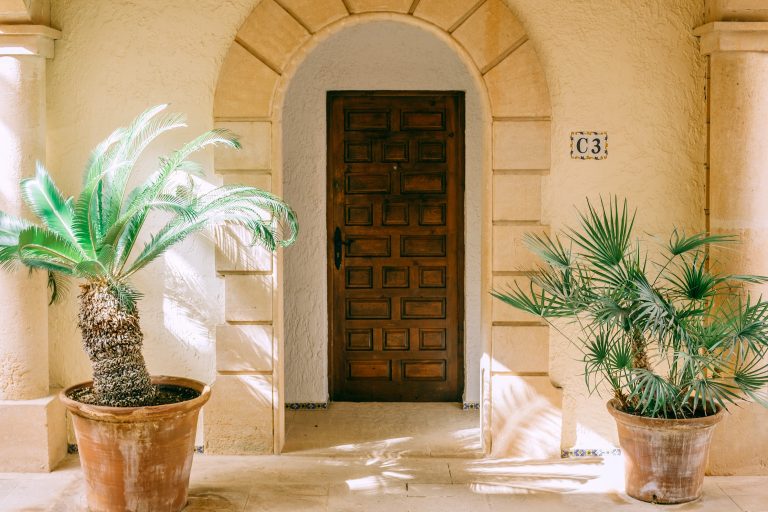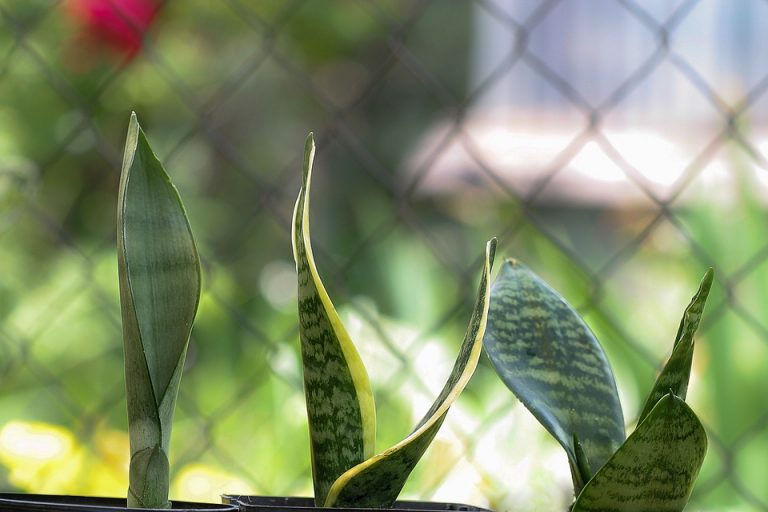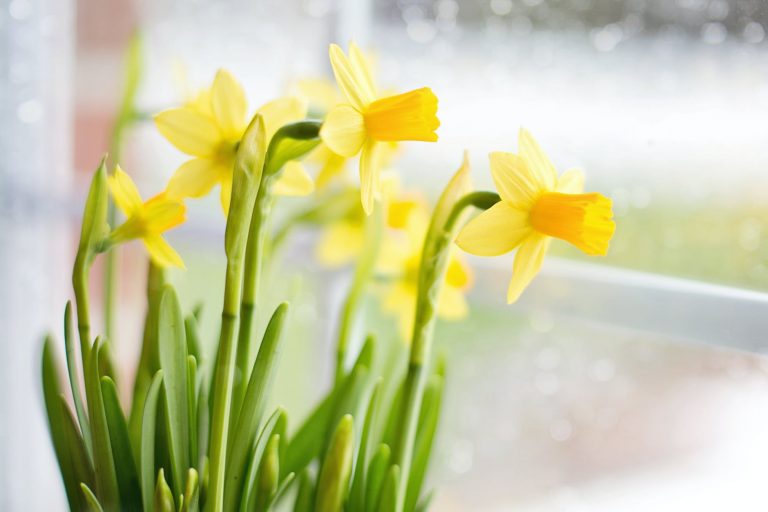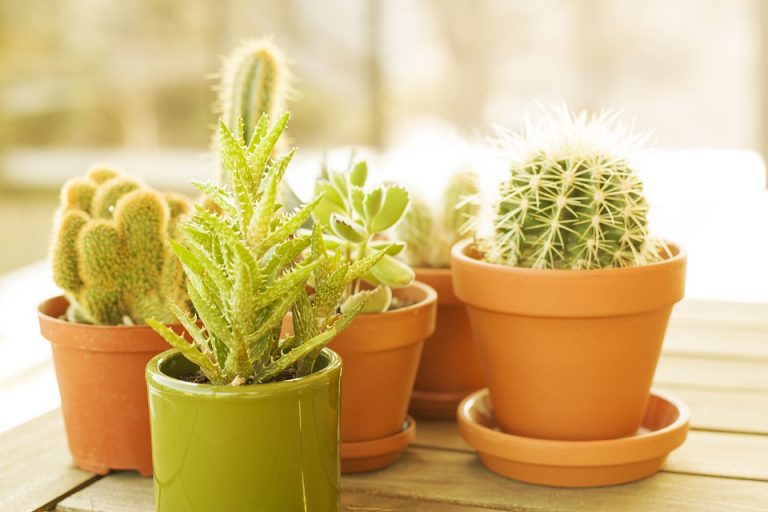How to Grow and Propagate Schefflera Plants?
Schefflera plants are either used in the home or outdoors, or both. The schefflera plant has a tropical look to it, which makes it well suited to be grown in pots indoors, or outdoors in climates that mimic their native environment.
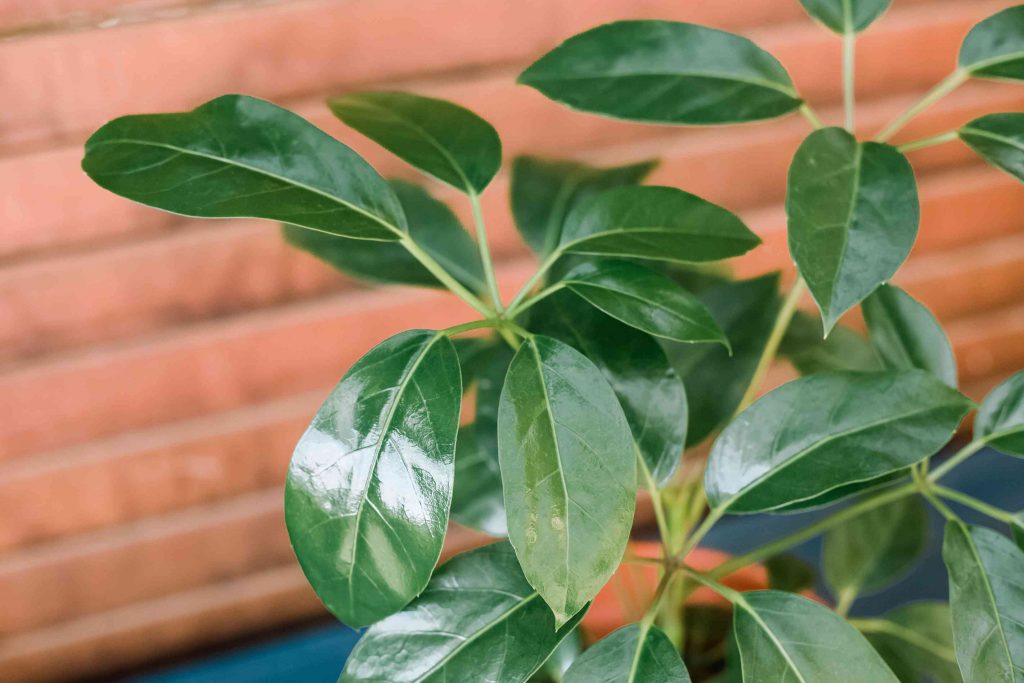
About Schefflera Plants
The schefflera plant is native to China and Taiwan. There are more than 50 varieties of this plant that differ in size, color, and pattern on the leaves. This member of the Araliaceae family is easy to care for and is popular as a houseplant that can treat common ailments such as colds, congestion and fevers.
What Schefflera Plants Look Like
Schefflera plants can range from several feet tall when planted outside, to between one and eight feet tall for the indoor varieties. These plants come in several sizes and shapes including round, oval and umbrella shaped. It is also often referred to as an octopus tree because the leaves spread out from one center point like tentacles.
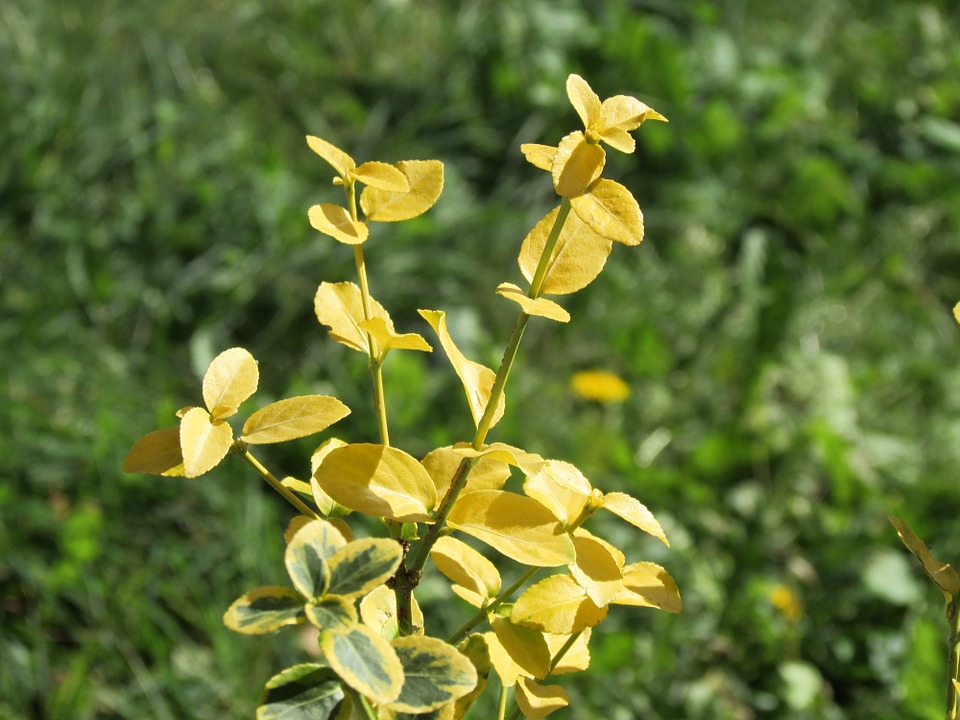
Species
Schefflera arboricola (dwarf schefflera or Hawaiian umbrella tree) – also grown as a houseplant.
Schefflera actinophylla (umbrella tree, Queensland umbrella tree and octopus tree) – native to the rainforests of eastern Australia.
Schefflera elegantissima (Queensland umbrella tree or gold capella) – native to Queensland, Australia.
Schefflera heptaphylla (seven-leaf schefflera) – native to Taiwan, India and Sri Lanka.
Schefflera taiwaniana (coral necklace plant) – native to Taiwan.
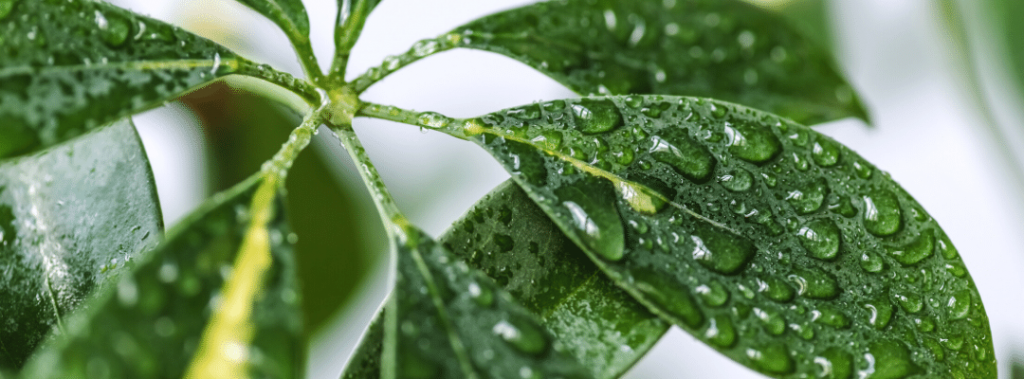
Benefits of Schefflera Plant
The schefflera plant has been shown to remove indoor air pollutants such as benzene, carbon monoxide, formaldehyde, xylene and toluene. This makes the schefflera plant an excellent addition to any office building or home. It cleans the air while adding a touch of greenery in any space.
Growing Schefflera Plants
Scheffleras are native to the drier tropics and subtropics, so they don’t often get much rain. However, in their natural habitat, they are often next to a stream or river and will grow in full sun or partial shade. They like bright light but don’t do well with direct sun for extended periods of time, especially in hot climates.
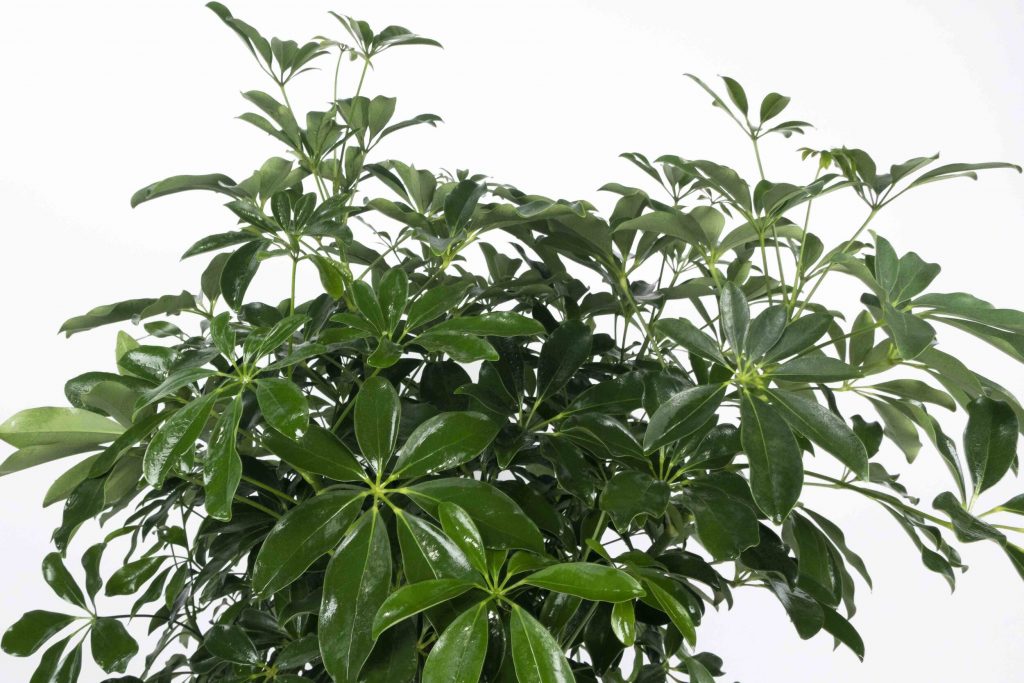
Some species can grow to be very tall trees while other species remain smaller ones that you keep in pots inside your home. The height of these plants depends on how much water they get and how much sun they receive. It also depends on what type of soil they’re planted in. If you want your schefflera plant to grow into a tall tree, then you should plant it outside in a sunny spot where it will get lots of water and nutrients from the soil.
Scheffleras cannot tolerate cold temperatures and should be protected from drafts and temperatures below 50°F/10°C. If your Schefflera has yellowing or dropping leaves it could be due to overwatering or underwatering, so adjust accordingly.
Caring for Schefflera Plants
Light: Bright indirect light is best for Schefflera plants. They’ll tolerate lower light than many houseplants, but they won’t thrive in a dark corner. If your schefflera doesn’t get enough light, you’ll notice that new growth comes out smaller and closer together than older leaves. It can also cause the plant to lose its variegation and turn completely green over time.
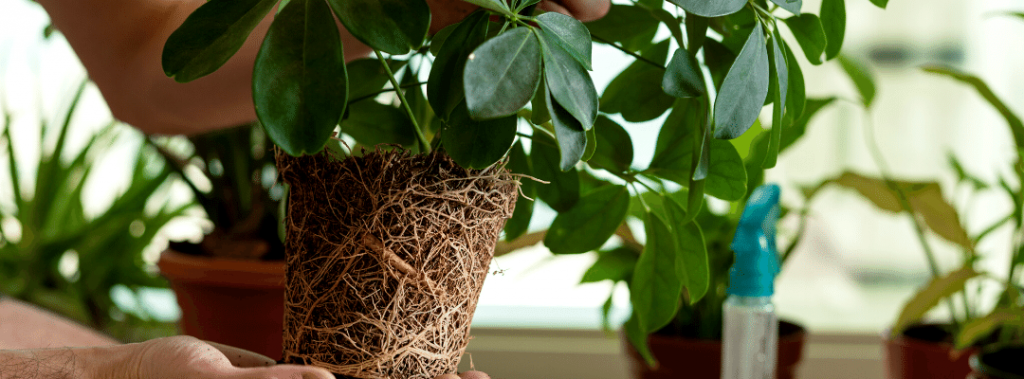
Soil: The soil should be kept only slightly moist at all times. Avoid overwatering this type of houseplant since it can lead to root rot, which is difficult to reverse once it sets in.
Water: Schefflera plants thoroughly and then wait until the top inch or so of soil dries out before watering again. This usually translates into once every 7-10 days, depending on the temperature and humidity levels in your home.
Fertilizer: Keep your schefflera plant growing by fertilizing monthly during spring and summer with a general-purpose liquid indoor plant fertilizer that has been mixed at half-strength.
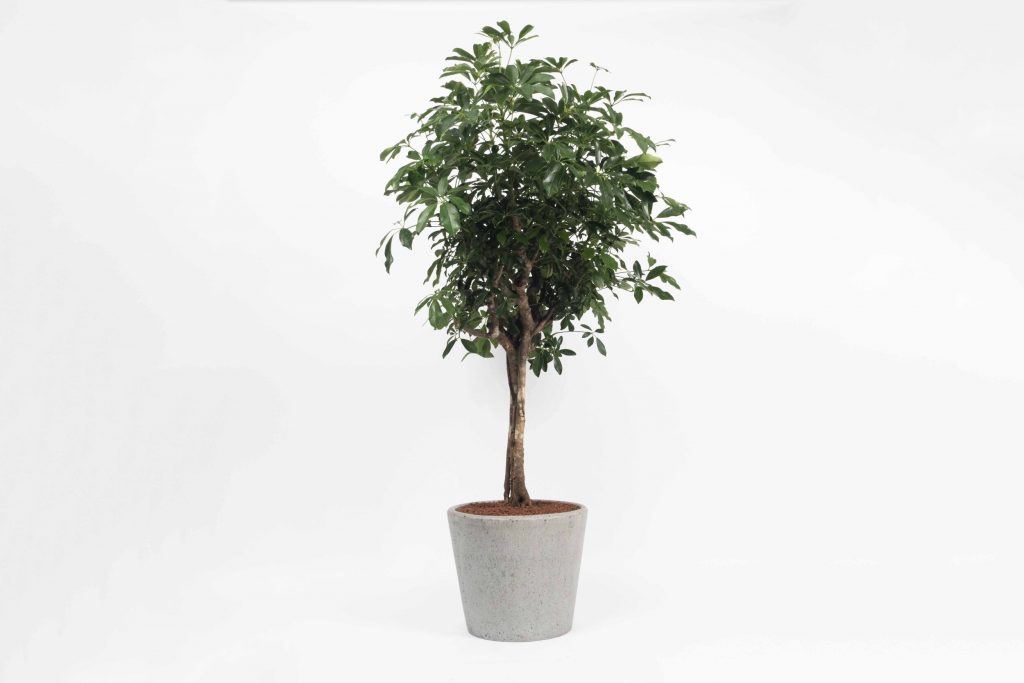
Temperature: Schefflera plants like average household temperatures. In fact, these plants will drop leaves when exposed to drafts or dry air.
Propagating Schefflera Plants
Schefflera is a plant that’s easy to grow, but can be hard to propagate. There are two main methods of propagation: stem cuttings and air layering. In this article, we’ll talk about stem cuttings.
You need to start with a stem that is at least 2-3 inches long, and has at least 3 leaves. If you have only one leaf, it will probably die before the roots develop.
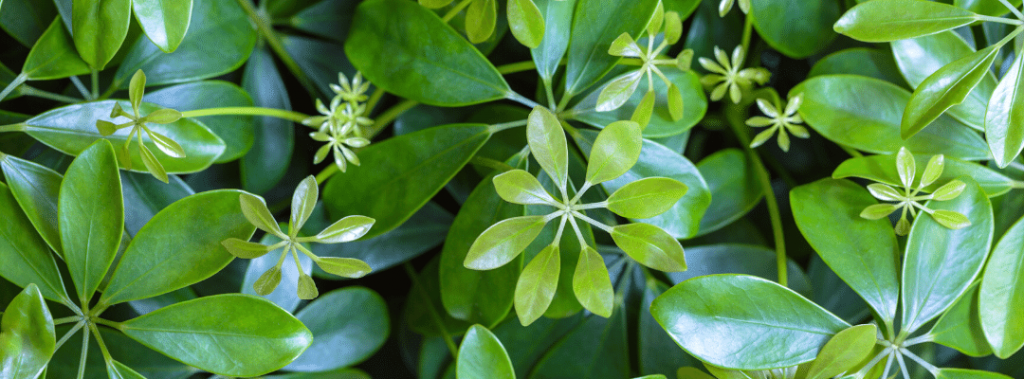
Fill a pot with soil and dampen it. Cut the stem just below a leaf node (where the leaves join the stem). Dip the tip of the cutting in rooting hormone, and make a hole in the soil for it, about halfway down its height. Make sure not to bury the leaves under the soil.
Water your plant gently, and cover it with a clear plastic bag to keep humidity high while your plant gets established. Remove any dead or dying leaves immediately.
In roughly three weeks, you’ll see new growth emerging from your cutting. At this point, you can take off the plastic bag and treat your new schefflera as a normal houseplant!
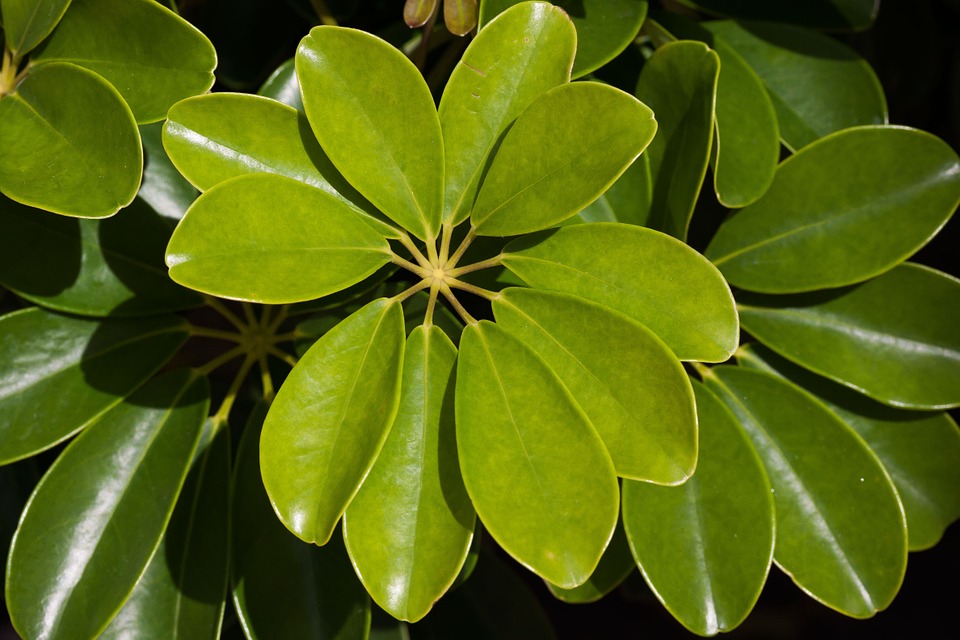
Pest and Disease control
Schefflera plants are susceptible to a few plant diseases. These include two fungal diseases: anthracnose and phytophthora.
Anthracnose
Schefflera plants may be affected by anthracnose, which is caused by the fungus Glomerella cingulata. Anthracnose appears as tan, brown, or black spots on new leaves. As the disease progresses, these spots may join to form large dead areas on the leaves; sometimes even causing them to drop off the plant. This fungus can also attack stems and twigs, causing stem cankers that weaken and kill branches.
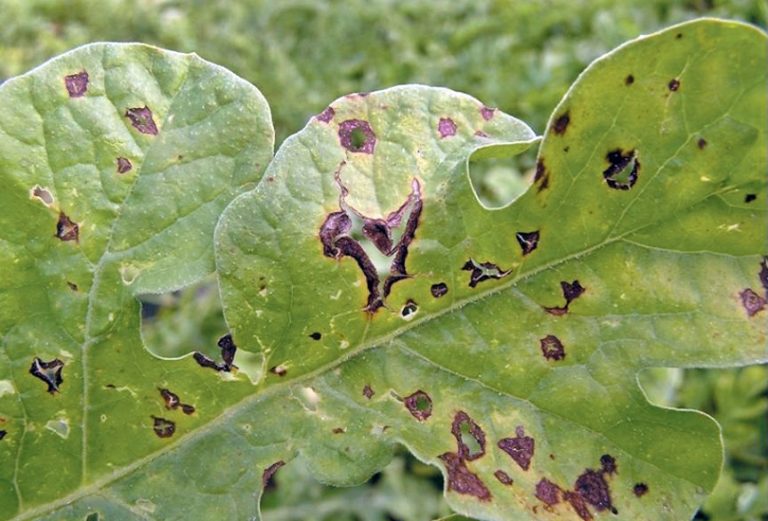
To prevent anthracnose, avoid overhead watering of schefflera plants. Water should be directed at the base of the plant rather than on its leaves. If you have an infected plant, remove any dead or diseased foliage and destroy it. Do not compost it or use it as mulch around other plants in your garden or landscape.
Phytophthora
It is a soil-borne fungus that causes root rot in schefflera plants. Plants with Phytophthora are usually stunted and have wilting foliage that eventually turns yellow and drops off the plant. After recognizing the symptoms, it is important to treat phytophthora in plants as soon as possible to prevent plants from dying.
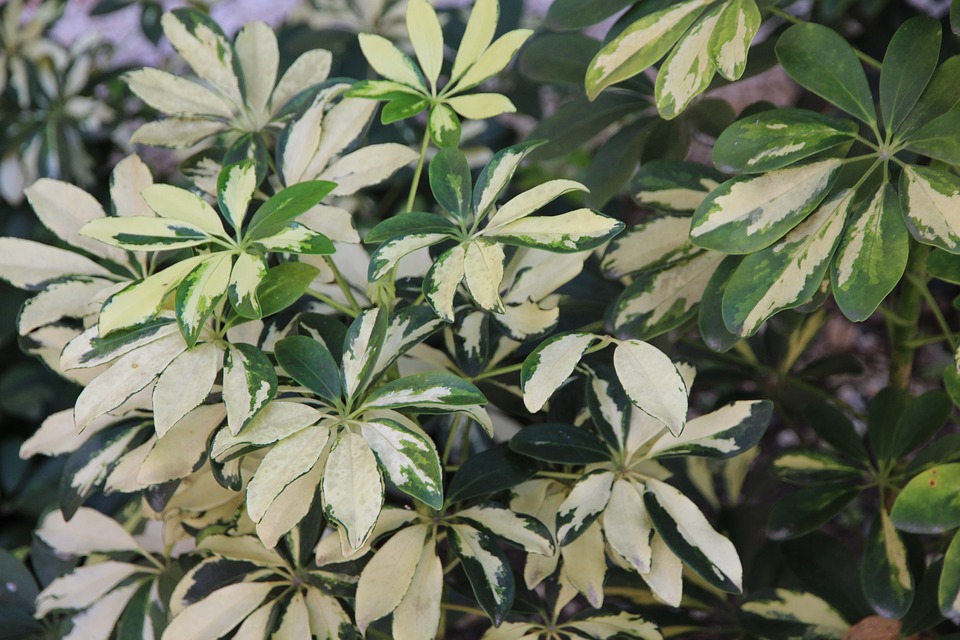
Treat new schefflera plants with a fungicide before planting to protect against root rot. The fungicide can be applied directly to the roots of the plant or applied to the soil prior to planting. Be sure to mix the fungicide according to directions on the label.

